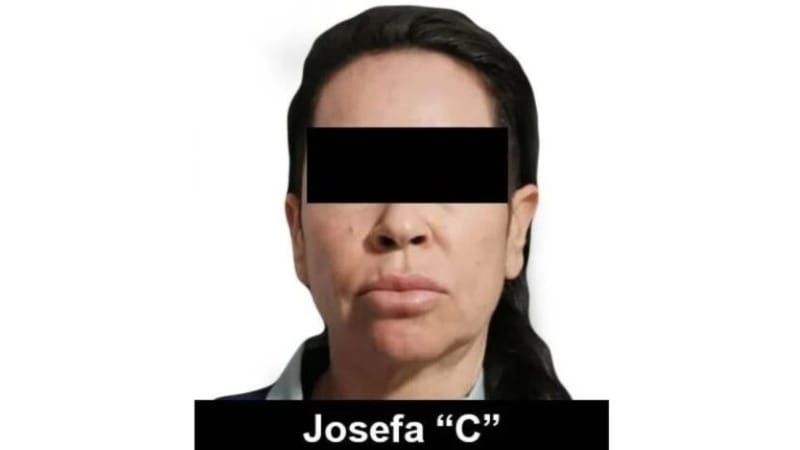How 'La Línea' Turned the US-Mexico Border into a Fentanyl Highway
The US has sanctioned five members of the 'La Línea' cartel, a Mexican criminal organization involved in drug, human, and arms trafficking. The sanctions target key figures responsible for the deadly fentanyl trade.

In a significant move against one of Mexico’s most notorious criminal syndicates, the United States Department of the Treasury has sanctioned five prominent members of La Línea, a brutal drug-trafficking organization tied to the Juárez Cartel. This announcement comes as tensions between the two nations continue to escalate over the unprecedented surge in fentanyl flooding American communities, a crisis exacerbated by a sophisticated web of narcotics, human trafficking, and arms smuggling.
Among the key players hit with these sanctions is the notorious Josefa Yadira Carrasco Leyva, better known by her chilling moniker, “La Wera de Palenque.” Authorities from both sides of the border have long tracked Carrasco Leyva, who is believed to hold a senior position in La Línea. Her alleged involvement stretches across multiple illegal enterprises, with a reach that extends from trafficking deadly drugs to profiting off human lives and smuggling dangerous weapons.




